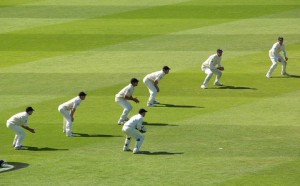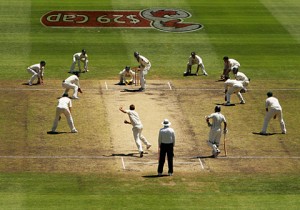How I describe a winner or success has changed tremendously in the last six to seven years. Very early in my career, I used to associate success and winning with results produced by the people involved, but the definition has changed tremendously now. Not that results and outcomes are not important, but I feel there is more than that to a person or team being called a winner.
In my book, a person is a winner if he/she can do the below three things –
1. Push themselves beyond their current limits, day after day, week after week and month after month. They do this despite the pain, the struggle, the discomfort that this ‘pushing‘ will create.
2. Sacrifice doing something where immediate rewards are guaranteed and continue working in an area where he/she is not even sure whether the rewards will come or not, because of some goal one is pursuing, or some ideals or values that one believes in.
3. Does whatever he does with intensity. Intensity causes performance, not duration. Can you run for 15 min instead of a 1 hr walk? Can you treat every second of your time as your most valuable resource and give nothing less than your best? And it is not just in business, can you bring the same intensity and performance whether you are gardening, coding, or having a conversation.

The excellency of every art is its intensity, capable of making all disagreeable evaporate. John Keats
I rarely push myself to exhaustion. I know if I could just increase my intensity in doing certain tasks, I can cut the duration by as much as 50%. But there is a huge comfort zone where I am, and the mind’s job is to survive, and it will resist doing anything which means enduring discomfort. The mind tricks us into thinking we have hit our limits long before we actually do.
I believe there is no sure shot way to outstanding results, and it can never be guaranteed. But what we all can control is how much intensity we put in whatever we do. Intensity is when a double amputee climbs a mount everest, intensity is when a person with no arms can fly a plane (search for Jessica Cox), intensity is when a 90 year old runs a marathon, or when you see the paralympics. Everybody will give in to the temptation (to procrastinate, to give up too early) some times, but I have seen many people who have been working with intensity, and they are my real heroes, my real winners.


